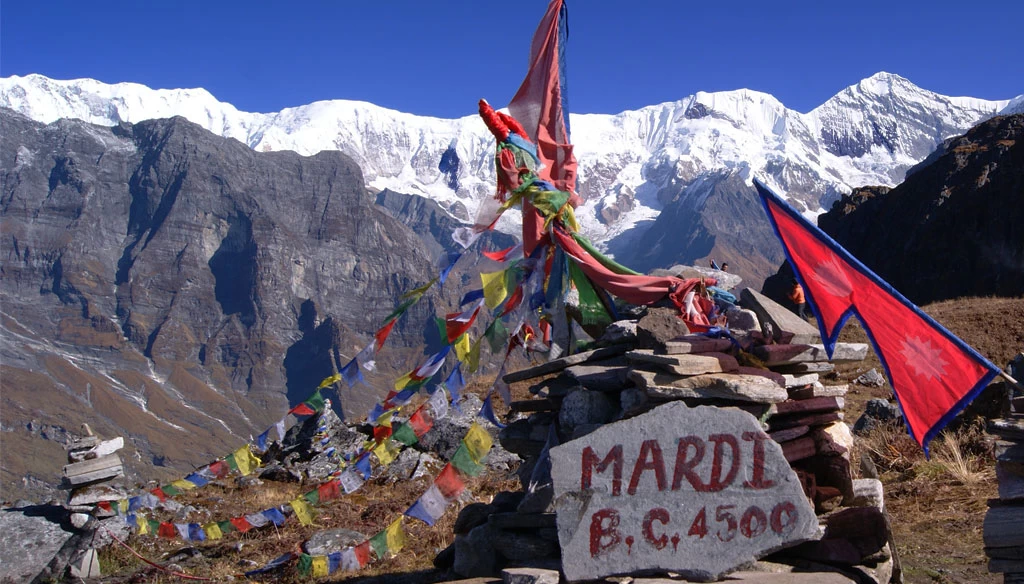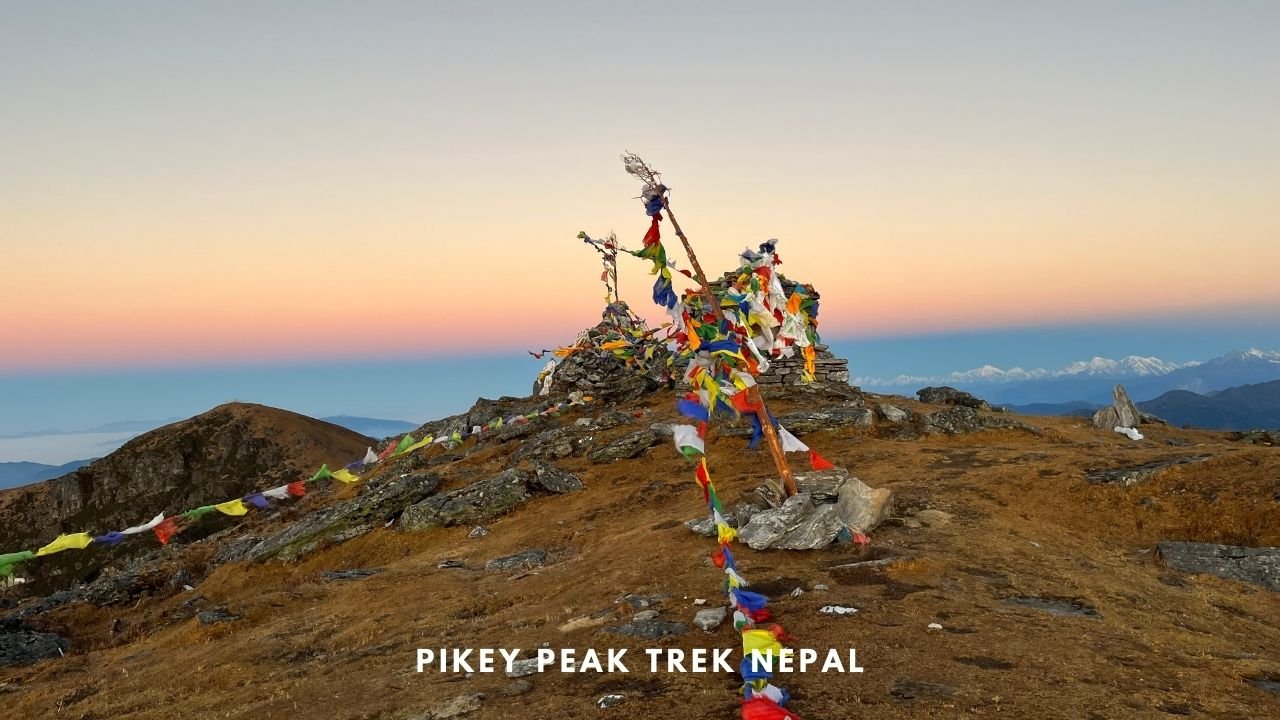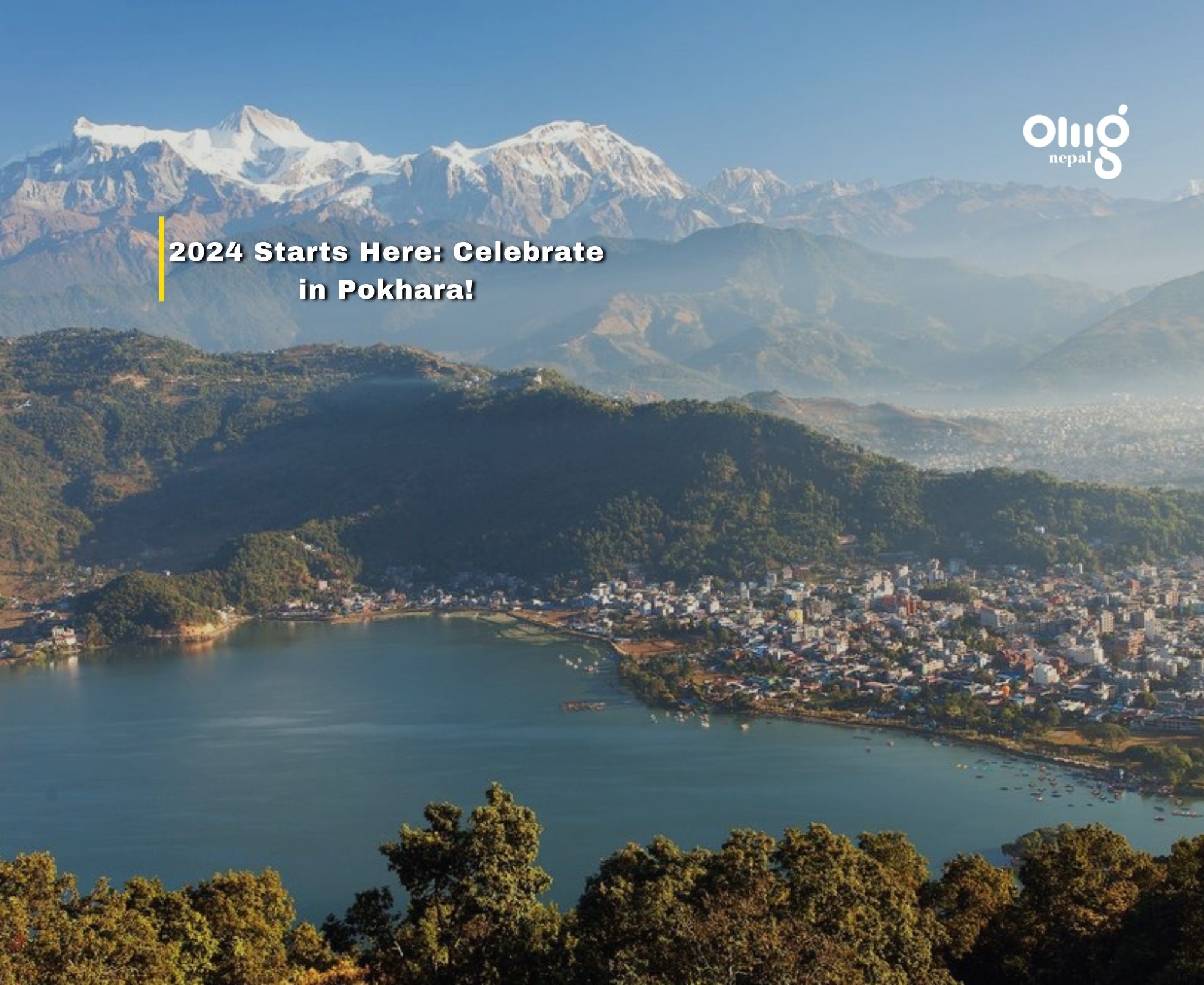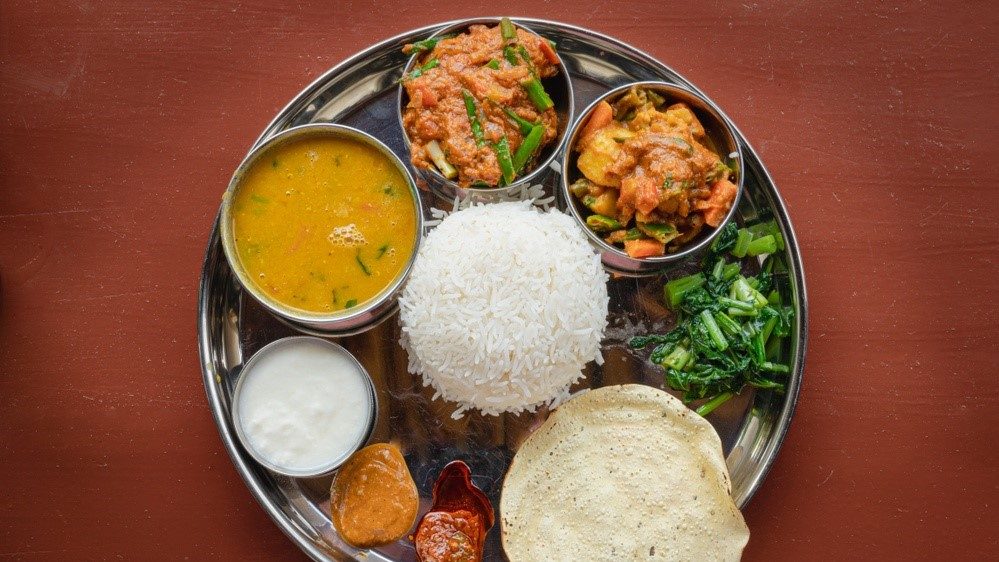Nepal, the land of towering Himalayas, beckons adventurers year-round. But for those seeking a truly unique experience, winter trekking in Nepal offers a special kind of magic. Imagine crisp mountain air filling your lungs, breathtaking snow-capped peaks piercing the clear blue sky, and the silence is broken only by the crunch of your boots on fresh snow.
Why Trek Nepal in Winter?
- Fewer crowds: Escape the summer rush and enjoy the trails with more peace and solitude.
- Stunning scenery: Winter transforms the landscape into a wonderland of snow-laden peaks, frozen lakes, and glittering glaciers.
- Clearer skies: Winter often boasts clearer skies, offering unparalleled views of the majestic Himalayas.
- Unique experience: Witness the Himalayas in a different light, frosted and serene under the winter sun.
Top Winter Trekking Destinations in Nepal:
- Everest Panorama Trek: Witness the grandeur of Everest without the high-altitude challenges. Enjoy panoramic views of the world’s highest peak, along with Lhotse, Ama Dablam, and other giants.

- Annapurna Poon Hill Trek: Hike through rhododendron forests and charming villages to reach Poon Hill, renowned for its sunrise views of Annapurna and Dhaulagiri.

- Langtang Valley Trek: Immerse yourself in the serene beauty of the Langtang Valley, home to traditional Tamang villages and glaciers.

- Mardi Himal Trek: Trek through rhododendron forests and meadows to the base of Mardi Himal, offering stunning views of the Machhapuchhre (“Fishtail”) peak.

- Pikey Peak Trek: Hike through off-the-beaten-path trails to Pikey Peak, rewarded with panoramic views of the Annapurnas and Manaslu.

Tips for Winter Trekking in Nepal:
- Proper gear: Invest in warm, waterproof clothing, sturdy boots, and trekking poles.
- Acclimatization: Take your time to adjust to the altitude to avoid altitude sickness.
- Experienced guide: Consider hiring a local guide for safety and navigation, especially in snowy conditions.
- Physical fitness: Winter trekking requires good physical fitness due to colder temperatures and potentially icy trails.
Remember: Winter trekking in Nepal is a challenging but rewarding experience. Be prepared for the cold, snow, and potentially changing weather conditions. With proper planning and preparation, you can create unforgettable memories of trekking through the winter wonderland of the Himalayas.
Bonus:
- Cultural encounters: Winter is a great time to experience Nepali culture, as many villages host festivals and celebrations during this time.
- Hot springs: Soak in natural hot springs after a long day of trekking to relax and rejuvenate your muscles.
So, if you’re looking for an adventure that will leave you breathless, consider trekking Nepal in winter. The crisp air, stunning scenery, and unique experiences will stay with you long after you return home.
I hope this blog post has inspired you to consider winter trekking in Nepal! Remember, always prioritize safety and be prepared for the challenges of the mountains. With the right preparation, you can have an unforgettable experience in this magical country.


